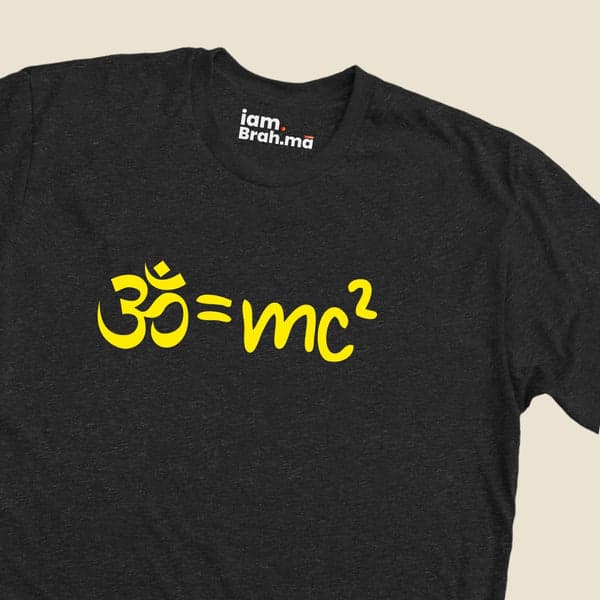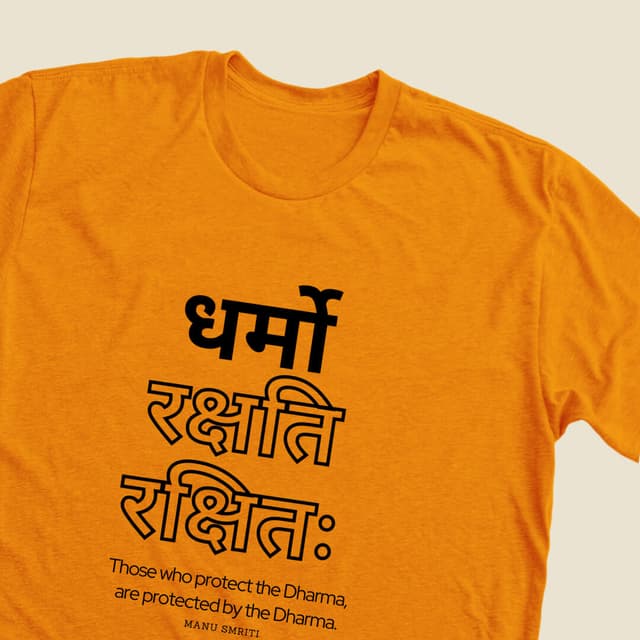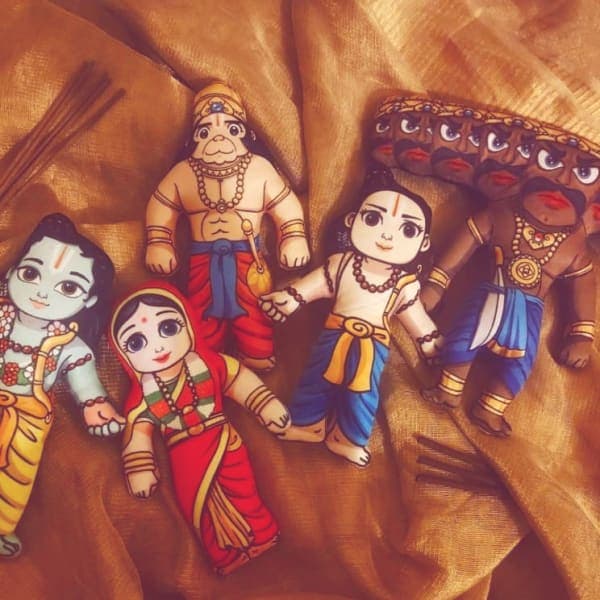Rig Veda
The Rigveda represents the earliest sacred book of India. It is oldest and biggest amongst all the four Vedas. All the features of Classical Sanskrit poetry can be traced to the Rigveda.
0
In it we find the seeds of India’s religious and philosophical development. Thus, both for its poetry and its religious and philosophical importance, the Rigveda should be studied by one who wants to understand Indian literature and spiritual culture. The value of the Rigveda today is not confined to India, for its well-preserved language and mythology have helped a better understanding of languages, literatures and cultures of a whole world. The Samhita of the Rigveda comprises 10 Mandalas, 85 Anuvakas, 1028 Suktas and 10552 Mantras. Among 1028 Suktas of the Rigveda Samhita some suktas are very popular and frequently referred by the readers of Vedas. Some of them are:
1. Purusha Sukta
2. Hiranya-garbha Sukta
3. Dhana-anna-dana Sukta
4. Aksha Sukta
5. Nasadiya Sukta
6. Duhsvapna-nashna Sukta
7. Yama-yami-samvada Sukta
Besides, there are Suktas offered to different deities, such as, Indra, Maruta, Varuna, Usha, Surya, Bhumi, Soma, Agni etc.Thus we can briefly say about the contents of Rigveda that it has various subjects, which are narrated by Vedic seers poetically, philosophically or religiously.
...




